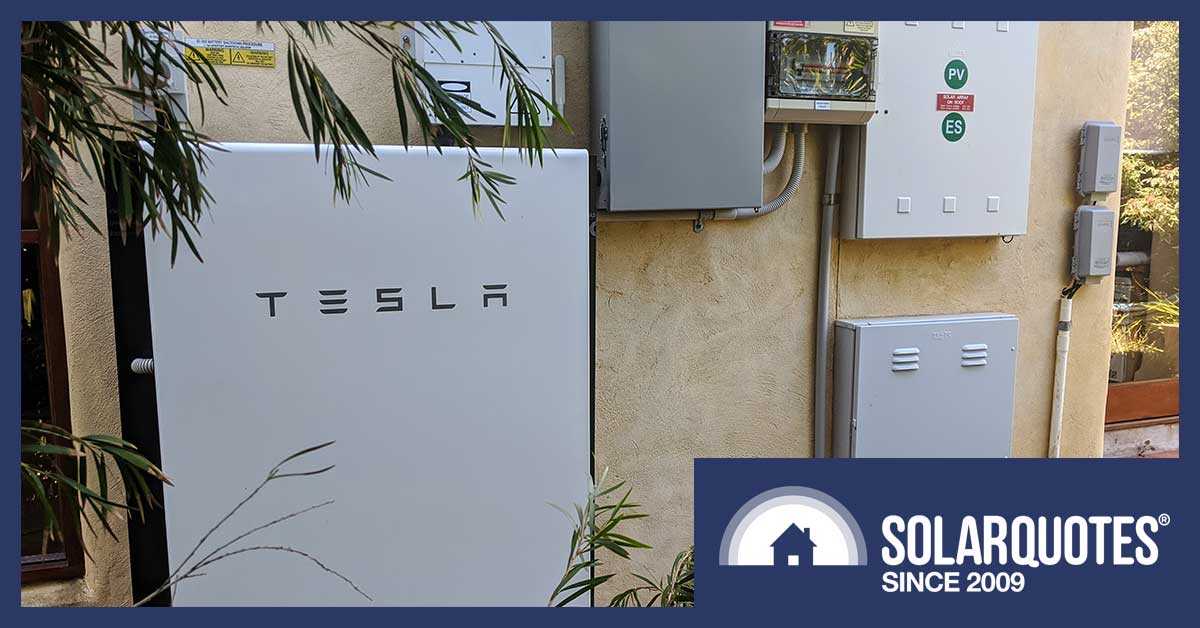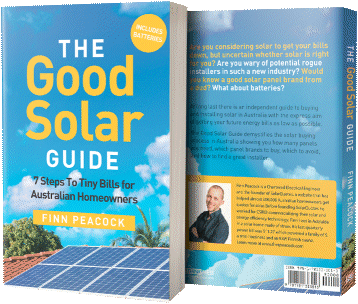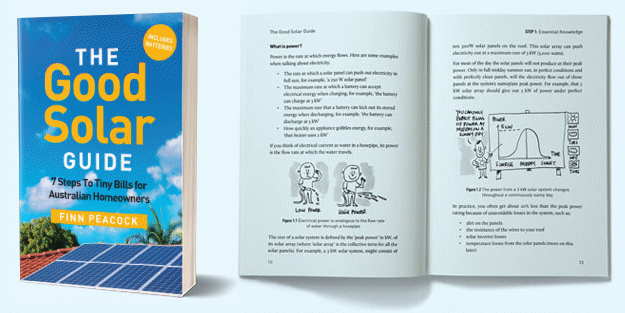
Gentailer AGL announced on Friday it has acquired 100 per cent of South Australia’s Virtual Power Plant (SA VPP) from Tesla. So, what are its plans and what next for existing customers?
A Virtual Power Plant (VPP) is a network of distributed energy resources – such as homes with solar power and battery systems – all working together as a single power plant to support the grid under the orchestration of an operator.
In the case of the SA VPP, WiFi technology and other software is used to signal participating batteries when to charge or discharge energy, with the energy traded on the National Energy Market (NEM).
Established in 1837, AGL boasts Australia’s largest electricity generation portfolio within the NEM — consisting of coal, gas, wind, hydro and solar; along with firming technology and storage assets such as batteries.
The company has set a target to reach 1.6 GW of decentralised assets under orchestration by FY27 and is getting a (small) boost towards that goal with acquisition of the SA VPP, a network of approximately 7,000 solar and Tesla Powerwall home battery systems installed across the state.
About The SA VPP
Launched in 2018, participation in South Australia’s Virtual Power Plant was originally limited to Housing SA homes, but then expanded to other households (and in other states) that signed up for the Tesla Energy Plan under a separate VPP program that is no longer accepting new customers. The aim was to build the network to 50,000 solar and Powerwall systems, but it is still far from that goal.
In addition to whatever cash Tesla has invested, the SA VPP has been supported by:
- A $2 million South Australian Government grant.
- A $20 million loan from SA Renewable Technology Fund.
- A $10 million grant from the SA Grid Scale Storage Fund.
- An $8 million grant from the Australian Renewable Energy Agency (ARENA)
- A $30 million loan from the Clean Energy Finance Corporation (CEFC)
Under the program, households in selected Housing SA homes can get a Tesla Powerwall home battery, with or without solar panels, installed and maintained at no cost. Additionally, they are guaranteed the ‘lowest residential electricity rate’ in South Australia —25% lower than the regulated Default Market Offer.
Other households on the Tesla Energy Plan received discounts and extended warranty on their batteries, grid support credits, no daily supply charges and were promised a limit of 50 Powerwall discharge cycles per year.
What Happens To Current SA VPP Customers?
AGL Chief Customer Officer Jo Egan said SA social and community housing residents participating the program will continue to benefit from “significantly discounted energy prices”.
While Energy Locals will remain as the customer’s energy retailer, AGL says it will look to transition customers to its retail services over time. AGL says it’s also keen on expanding the benefits of SA VPP to more households, including social and community housing residents across Australia.
”This innovative model of a virtual power plant means we can extend the benefits of the energy transition to more customers, in a really smart and simple way,” said Egan.
Should You Join A VPP?
Virtual Power Plants have become a hot topic due to their tie-in with:
- The recently launched national Cheaper Home Batteries Program, where batteries must have VPP capabilities (but there’s no requirement to join a program)
- Western Australia’s Residential Battery Scheme; under which batteries must not only be VPP capable, but subsidy beneficiaries must sign up for a VPP.
- New South Wales’ Virtual Power Plant incentive – a payment for joining a VPP.
But many home battery owners are still suspicious or unaware of the pros and cons of Virtual Power Plants. SolarQuotes’ Ronald Brakels recently published a post on whether system owners should take the battery rebate bait and join a VPP. You can also compare VPP programs here side-by-side; including AGL’s existing “Bring Your Own Battery” program that’s available to AGL customers in NSW, QLD, SA and VIC.

 RSS - Posts
RSS - Posts



Hi Michael, I’ve noticed in the last few VPP related articles that the NSW VPP incentive has been mentioned but never the SA VPP incentive? Why is that?
This article is about VPPs in SA yet no mention of the $2k a customer can claim for joining one under the SA gov REPS program? It’s the same process as NSW but less paperwork and almost double the amount.
It would be good to see all state incentives listed in these articles to help raise awareness.
Hi Merrily, thanks for your feedback. I’ll look into REPS.